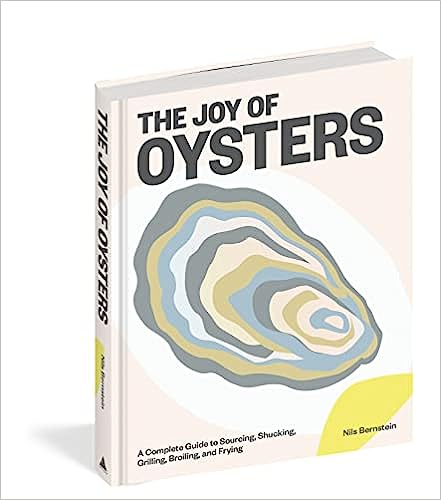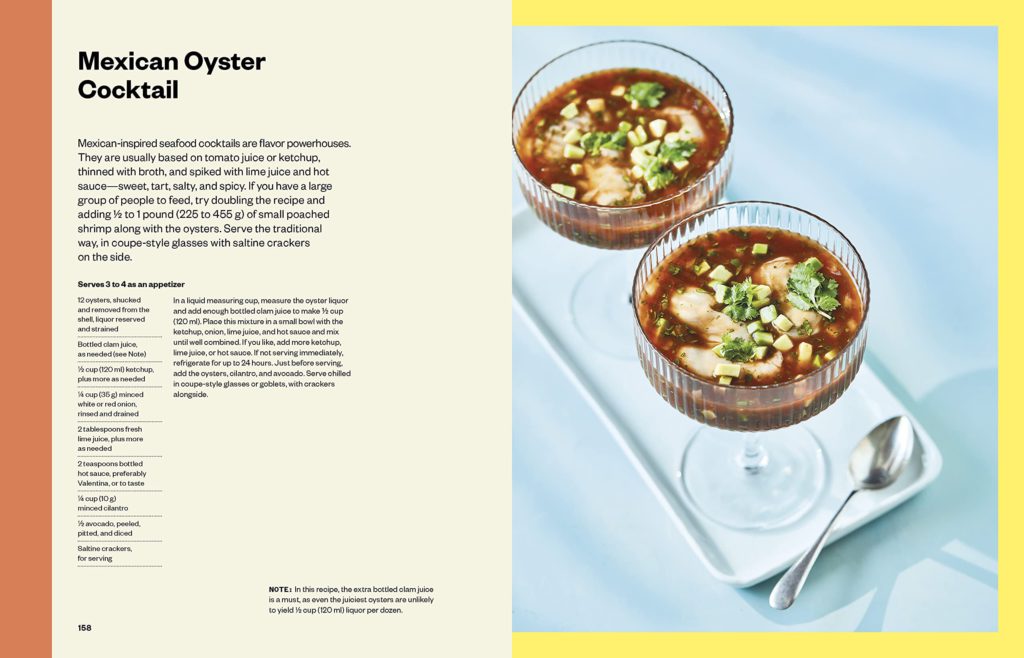The complete guide to sourcing, shucking, grilling, broiling and frying
Anyone thinking The Joy of Oysters might contain pencil drawings of hirsute hippies indulging in hedonistic pleasures will be disappointed. This is all about the shellfish and a myriad ways to get even more happiness on the half shell

Most oyster lovers will, I suspect, be somewhat suspicious of eating oysters in anything but the traditional way, raw with perhaps some Tabasco. The things cost so much in restaurants that no one wants to risk ruining them by getting ‘clever’.
However if you’re able to buy them fresh yourself then the price becomes more reasonable and as this book shows, a little experimentation can bring extra joy.
Oysters are a sustainable ‘crop’, all over the world and especially in the UK. Here at home great efforts have been made to revitalise defunct oyster beds and to create new ones. I would give a big shout out here to Wright Bros for their great work and also for their online oyster delivery service.
This is an American book, Bernstein is a food writer for many big US magazines, so you will encounter odd verbs such as broiling, but overall nothing here fails to translate.
A detailed and informative introduction to oysters’ history kicks things off, although it’s a little hard to read in a type size that’s a point or two too small, and on a fierce yellow green background.
It’s followed by a guide to buying, storing and of course opening. He advocates the traditional method of holding the oyster in a protected hand before wielding the specialist knife, but some years ago I discovered a silicone mould method of holding the oysters firmly and easily, and it’s foolproof. Check it out.
Rather more controversial is Bernstein’s suggestion that you could microwave your oyster for 60 seconds, after which it will open more easily. Well, I shan’t be trying that.
He does, though, reassure us that a shucked oyster can be stored for up to eight hours in a fridge in the half shell, if eaten raw, and for a few days if you intend cooking them.
Of course most of us will eat them raw, but that’s no reason not to experiment. He offers the traditional mignonette sauce, as well as ponzu, watermelon salsa, basil oil, cucumber-lime granite and even a sauce made with yoghurt and coriander.
A chapter on pairing drinks with oysters is informative, talking about the chemical reactions that can make all the difference, then it’s on to cooking oysters. Yes, cook them

Grilling is a time-honoured method, Oysters Rockefeller being a classic with its mysterious spinach addition but you can top an oyster with so many things, Pickle Butter, Creamy Parmesan, Pesto, Fennel and Devilled.
Frying gets a look in, which is one of my favourite ways of cooking an oyster and recipes include Oyster Po’Boy and Korean Oyster pancakes.
In fact if you know anyone who recoils in horror when offered an oyster, then frying is the way to their heart and to bring them joy too.
You might also try sauteeing your oysters or even using them in a cocktail. A Brazilian Oyster Stew sounds marvellous and as for making a mayonnaise out of oysters well, that has to be winner.
A great little book with no shucking or ‘shellfish’ jokes and packed with exciting ideas for eating as well as a definitive guide to oysters history, biology and its place in our culinary world.
Find it on Amazon
Publisher : Artisan
